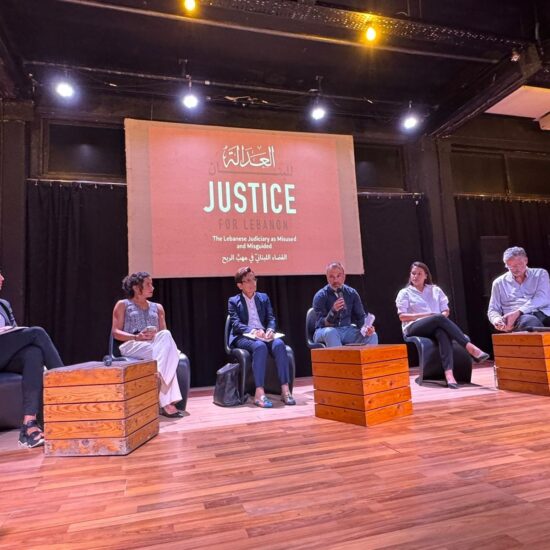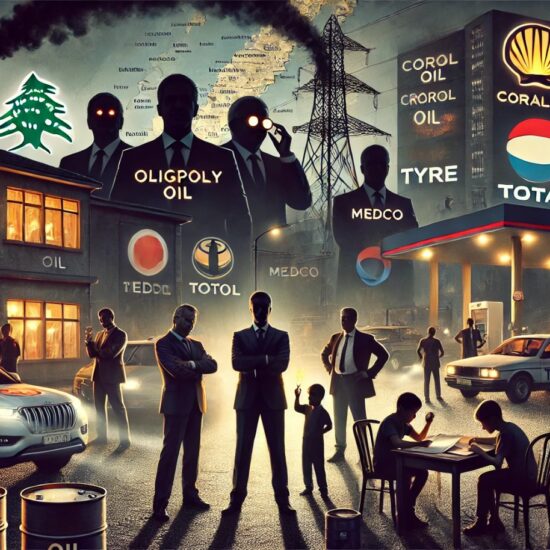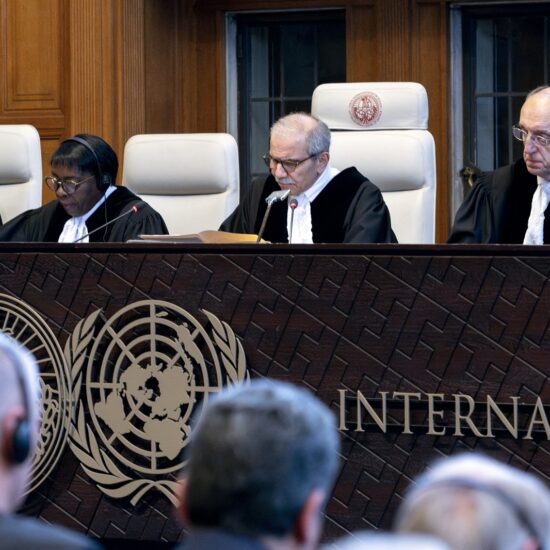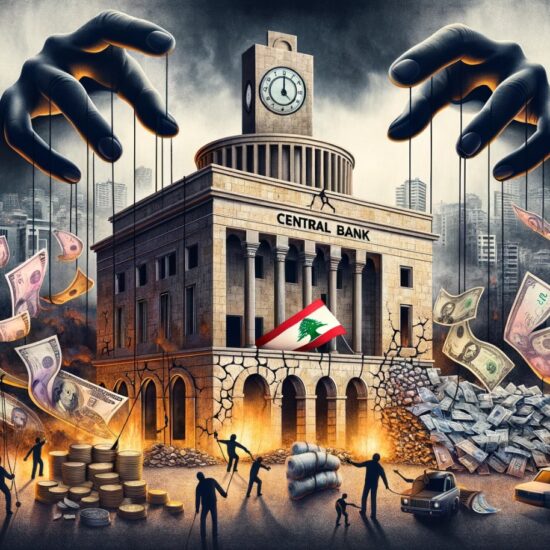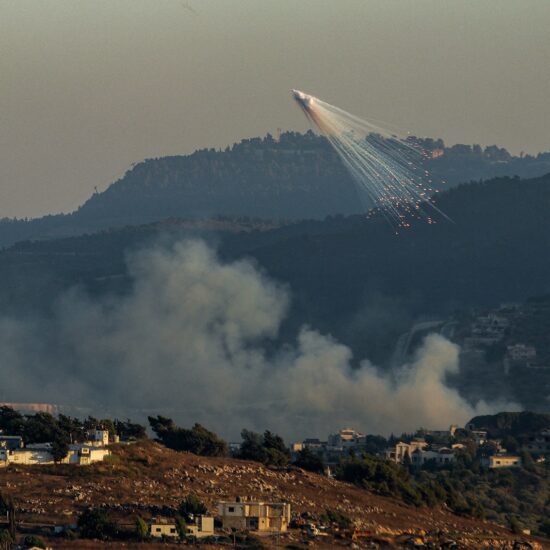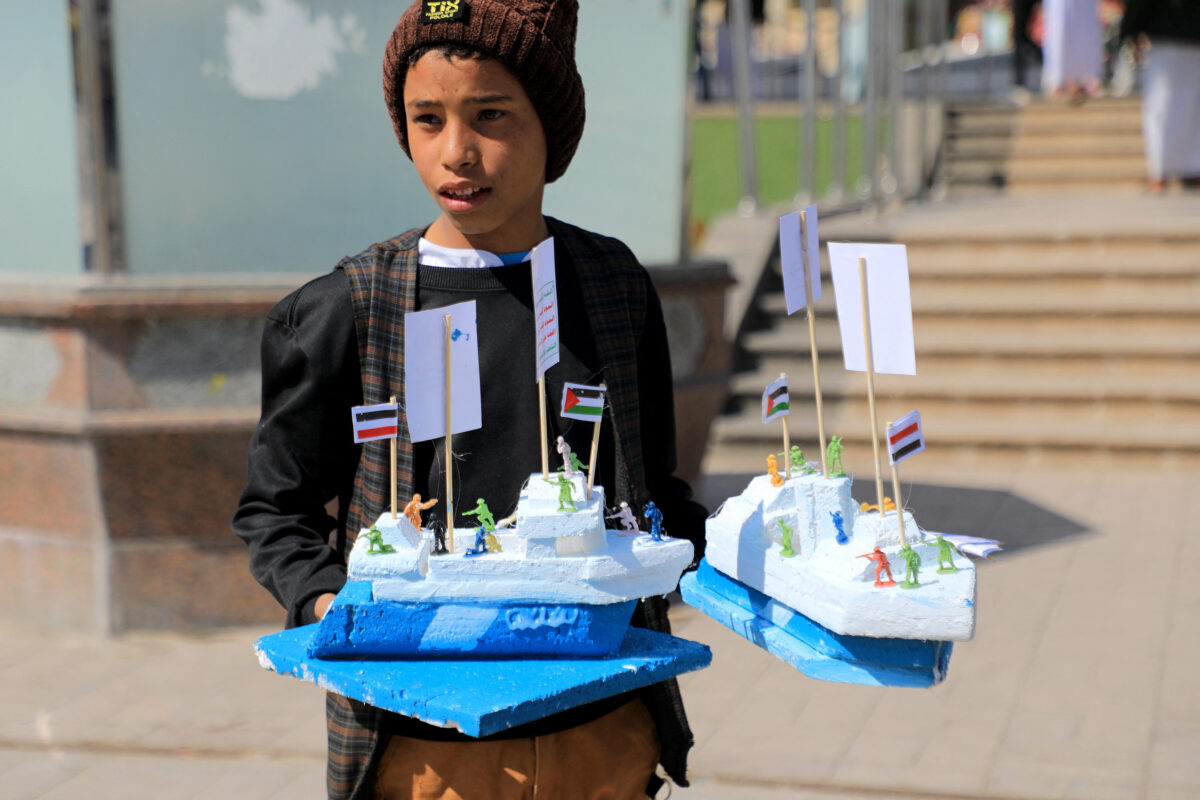
Pentagon and its coalition’s fourth series of airstrikes responds to Houthi attacks on shipping, amidst complex geopolitical dynamics
Pentagon officials confirmed on Wednesday night that the U.S. carried out a fourth series of airstrikes on the Iran-backed Houthi forces in Yemen. This decision, which contradicted an earlier action by the Biden administration to remove their designation of the Houthis as “global terrorists”, was a response to the ongoing assaults by the militants on commercial shipping in the area.
In November, the Houthis began attacking merchant vessels, justifying their actions as a response to Israel’s military operation in Gaza. Since then, the group has conducted numerous attacks on commercial tankers navigating the Red Sea, a vital global shipping passage.
As a countermeasure, the U.S. and the U.K. executed airstrikes on multiple Houthi targets on January 11. This collaborative effort, supported by Australia, Bahrain, the Netherlands, and Canada, ensued after the Houthi forces rejected an ultimatum to halt their attacks in the region.
Recent developments in the Middle East have unfolded in the aftermath of Israel’s war on Gaza. Several analysts predict a prolonged war, but no political solution is in sight, making the current situation challenging to assess.
However, Iran and its allies in the region are spearheading the fight against Israel and its US allies, which proposes that any solution, will come with benefits to Iran and gains to its allies.
The multiple fronts
The Houthi rebels, also known as Ansar Allah, are a Yemen-based group aligned with Iran. They attribute their attacks to Israel’s assault on Gaza and the what they perceive as international inaction in stopping it. Emerging in the 1990s, the Houthis gained prominence in 2014 when they rebelled against Yemen’s government, leading to its resignation and triggering a severe humanitarian crisis.
Controlling significant parts of Yemen, including Sanaa and areas near Saudi Arabia, the group has engaged in prolonged conflict, backed by Iran, against a military coalition led by Saudi Arabia.
In response to recent Houthi attacks, major shipping companies have diverted from the Red Sea, a vital route for nearly 15% of global seaborne trade. Instead, they are opting for a longer path around southern Africa. The U.S. accuses Iran of facilitating the Houthi attacks, with President Biden personally urging Tehran to cease its involvement. Iran denies any connection to the assaults.
In a span of two days this week, Iran launched missiles into Iraq’s Kurdish region and Syria, targeting alleged ISIL (ISIS) positions. Additionally, they claimed to hit a Mossad facility in Erbil, Iraq. Subsequently, missiles were fired into Pakistan’s Balochistan province, aiming at the separatist group Jaish al-Adl but resulting in the unfortunate death of at least two children.
Simultaneously, tensions persisted in southern Lebanon as clashes between Hezbollah and Israel inflicted damage on homes and infrastructure. Residents in southern Lebanon have endured displacement for over 100 days against a backdrop of regional turmoil.
According to CNN, the high stakes of this conflict have taken a significant toll from each armed faction involved. Hezbollah in Lebanon has suffered the loss of almost 200 fighters since October 8. In Iraq, decisive strikes by the U.S. have inflicted substantial damage on the infrastructure of Iranian-backed militias. Regarding Yemen, the aftermath of the lethal strikes remains uncertain, but the U.S. and the UK relay that their targets were positions utilized by the Houthis for launching attacks on the Red Sea.
No end in sight
Lebanese analyst Imad Salamey describes the current state of affairs in the Middle East as an unconventional regional conflict, departing from traditional warfare.
Instead of direct clashes between well-defined armies, this conflict involves smaller, less defined conflicts with an uncertain duration. Salamey underscores the significant role played by advanced weaponry and economic disputes, exemplified by the Houthis targeting commercial vessels.
“This war is focused on eroding the capabilities of major powers like the US and Europeans. It employs an asymmetric warfare strategy based on attrition,” Salamey told NOW.
He also notes that Iran and its allies aim to maintain a perpetual state of readiness among the US and its allies, leveraging the economic impact of the conflict while minimizing their own costs.
Given the expansive and fragmented nature of the conflict, escalation would pose substantial challenges and costs, particularly for the US, he added.
Regarding the UK and US actions in Yemen, Salamey sayss it was a delayed response, and currently, the US lacks the capacity to thwart Houthi attacks on ships.
He says only a political solution that would be beneficial to and approved by Iran, would be the most viable path to resolve this multifaceted conflict.
Lebanese journalist and analyst Ali Al Amin notes that both the US and Iran are averse to a full-blown, open war. This is evident in Iran’s careful approach, particularly in avoiding an escalation in the Red Sea, where numerous stakeholders such as Egypt and India could be impacted.
According to Al Amin, it’s currently not in the Houthis’ best interest to face opposition from multiple international players.
He observes that the situation in the Red Sea, while far from normal, is presently contained. Regarding Iran’s strategy, he characterizes it as being “on the verge,” where they tend to target non-inflammatory sites and refrain from provoking the Americans into a larger conflict.
“It’s like someone taking advantage of the situation to gain points, strategically avoiding major confrontations,” Al Amin remarked.
Multiregional fights
Al Amin suggests that having Donald Trump as the U.S. president wasn’t in Iran’s best interest, but with the Democratic Party in power, there are more negotiation opportunities. Consequently, Iran would avoid a major conflict with the Biden administration. Nevertheless, Iran needs to assert itself in ongoing negotiations and maintain influence in the region, balancing its need for legitimacy from the U.S., requiring a “decent” relationship.
The resolution of the Gaza conflict remains uncertain, and Al Amin notes the difficulty in declaring clear winners or losers. All parties aim to portray themselves as victorious, avoiding admission of defeat. However, it appears that Iran’s allies stand to benefit from any offered resolution
Post-war, Salamey anticipates Iran’s allies receiving increased financial and military support. In Yemen, the Houthis may gain strength, likely playing a significant role in shaping the country’s political future. Hezbollah in Lebanon and Hashed Al Shaabi in Iraq could also emerge politically strengthened.
“We’re already seeing escalations that will likely cause further developments. I believe Iran will continue on this path, using its depletion strategy in the long run, which may necessitate new strikes that seem to escalate the conflict and spread it to new arenas,”” he said.
Looking to the uncertain future, Salamey suggests Iran might make significant moves to push other parties to accept its conditions. The war could potentially escalate until Iran and its allies are satisfied with the terms of a resolution. However, a resolution should first and foremost prioritize putting an end to the human suffering in Gaza, which seems to be the most ignored facet in this regional political war.


